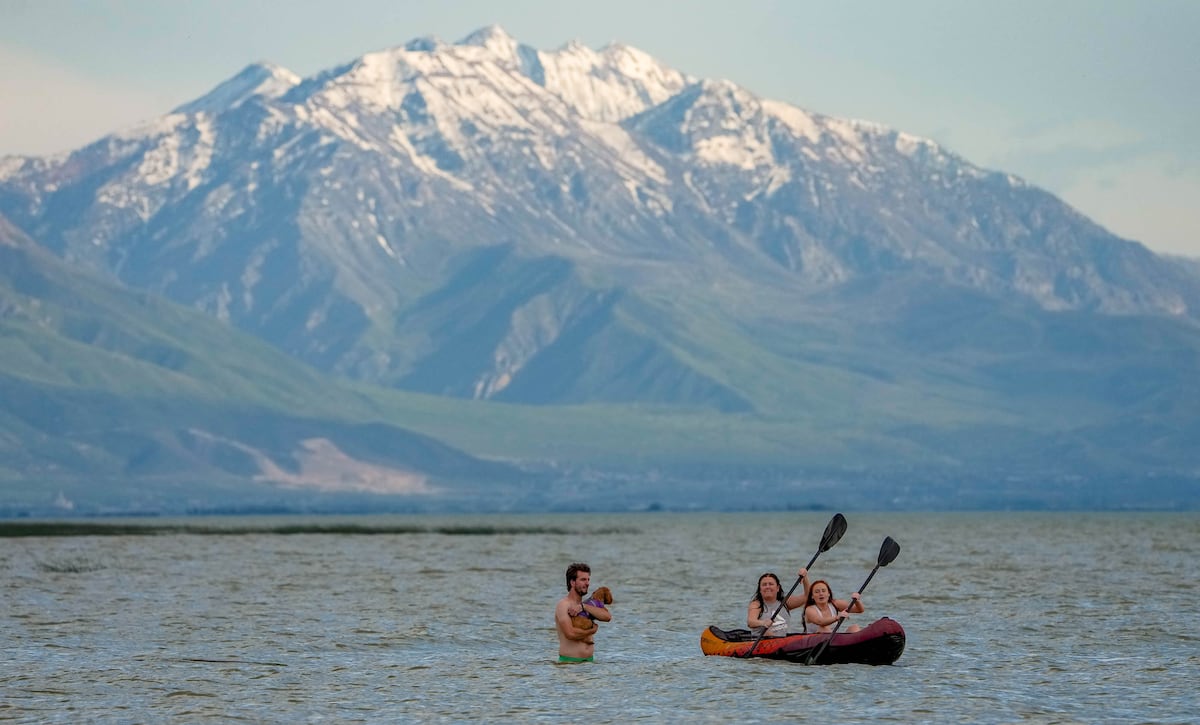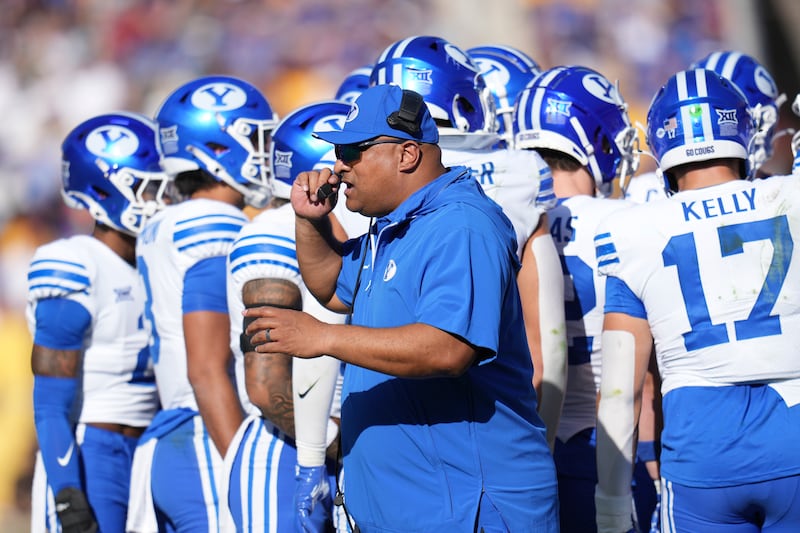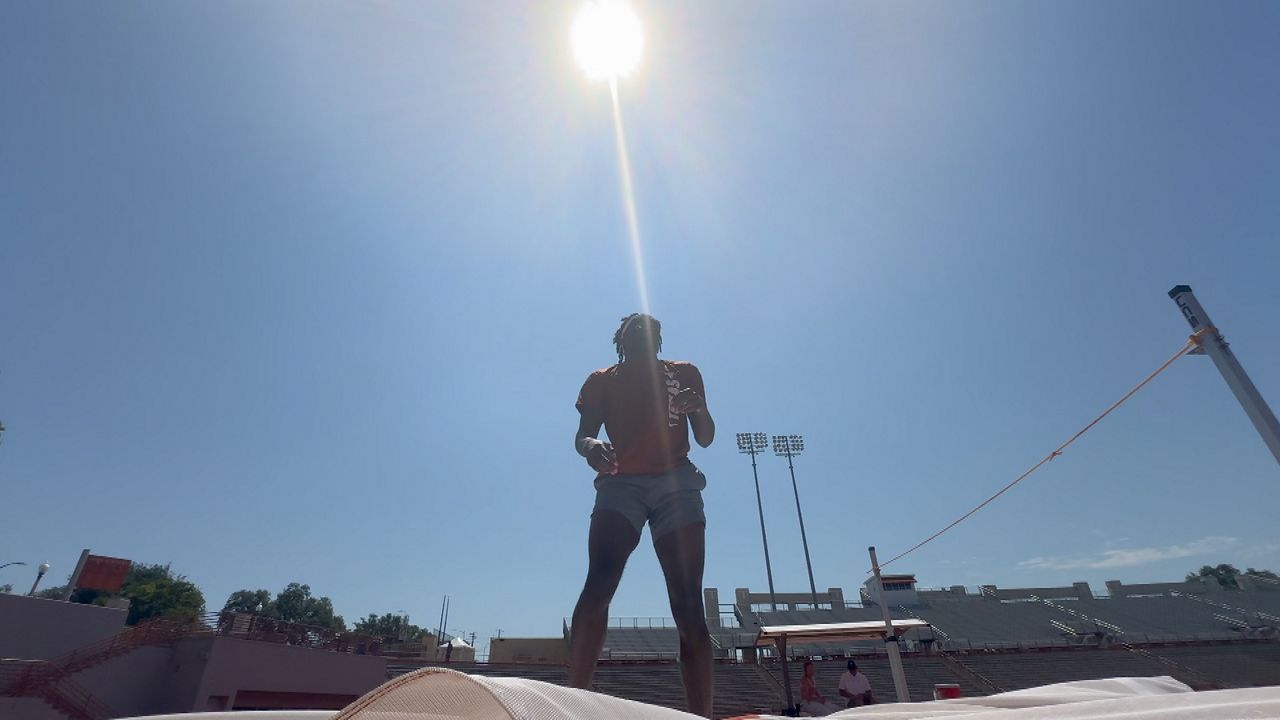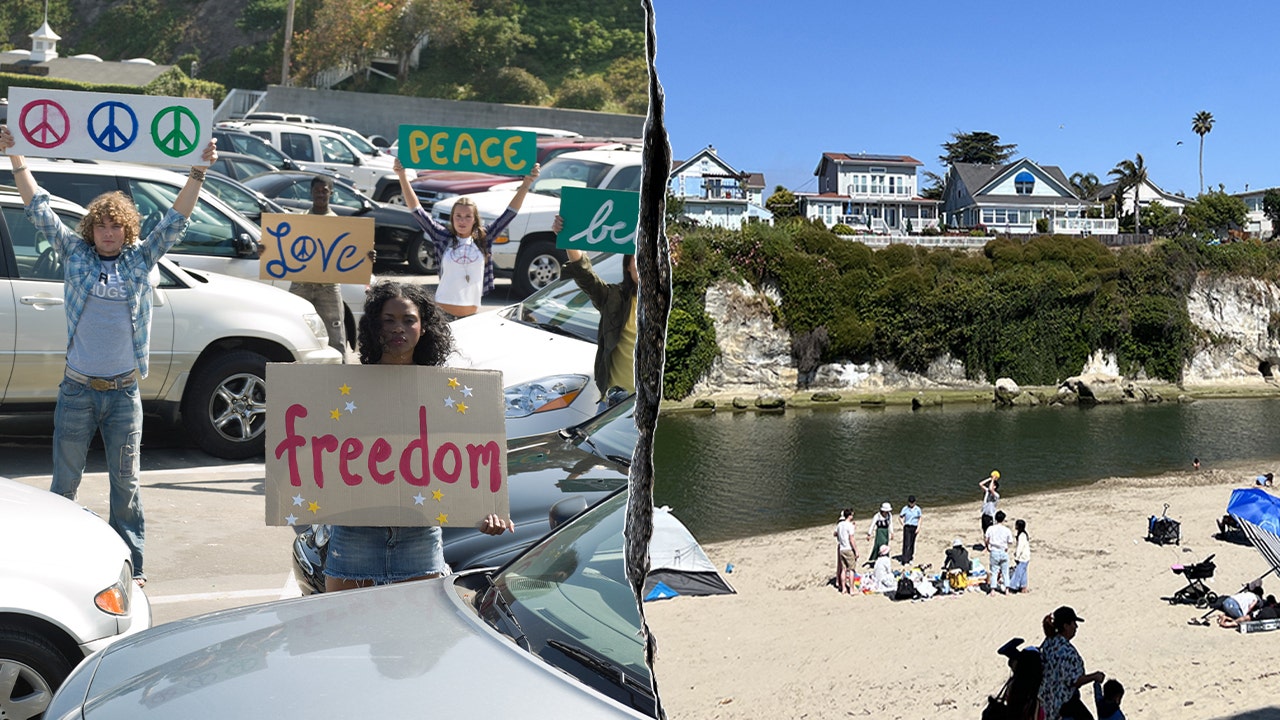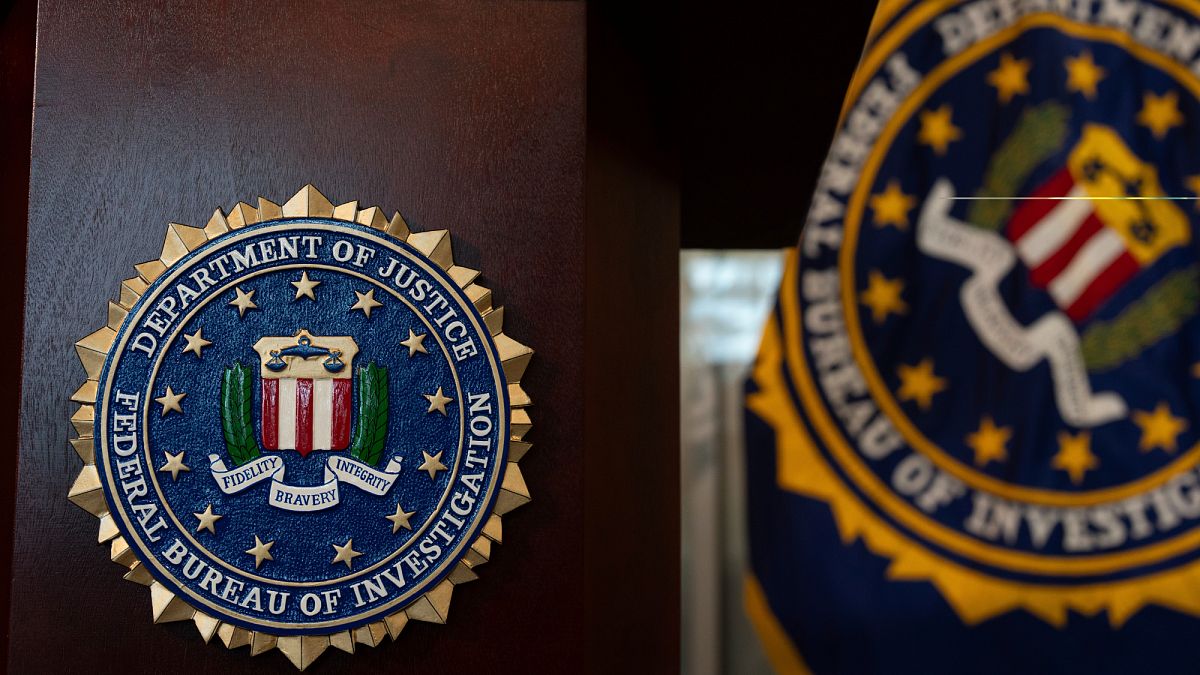Skipper Bay • For decades, mention of Utah Lake has evoked visions of polluted water filled with carp and overrun with algal blooms — a “gross” or “disgusting” place, said Utah Lake Authority director Luke Peterson.
But there are “endless” opportunities at Utah Lake, said Utah County Commissioner Skyler Beltran. It’s one of the country’s largest freshwater lakes west of the Mississippi River, and its 75 miles of oblong shoreline touch a handful of the county’s fastest-growing cities.
The potential, he said, inspires visions of Lake Tahoe on the Nevada-California border, or Coeur d‘Alene in northwestern Idaho — places “whose entire community revolves around the lake.”
(Francisco Kjolseth | The Salt Lake Tribune) People enjoy the reconstructed Provo River Delta recreation area, a wetland habitat on the eastern shore of Utah Lake, on Saturday, Oct. 26, 2024.
The misunderstood body of water also helps feed the Great Salt Lake, which means its future is intertwined with Salt Lake City’s namesake.
“If we don’t conserve and protect Utah Lake,” Peterson said at an April news conference, “Great Salt Lake will die.”
Officials in all levels of government have worked for years to realize its potential, spending millions to help clean its waters and build boat ramps and trails — and now they’re ready to remind locals what they’re missing out on.
(Christopher Cherrington | The Salt Lake Tribune)
The problem is locals aren’t yet convinced Utah Lake is worth visiting, Peterson said, citing a public perception survey his organization undertook last summer. Some aren’t even convinced it needs protecting.
At the newly opened Skipper Bay, with his back to the lake as its waves gently lapped the shore, Ben Abbott, an Orem native and aquatic biologist at Brigham Young University, told reporters in April that there are two lakes: “The physical and biological ecosystem that we see here,” he said, “which is in recovery.”
“But there’s a second Utah Lake, and that’s the Utah Lake that exists in the hearts and minds of the people of Utah, of this valley,” he continued, “and sometimes, those visions are quite different.”
Just how bad is the carp problem?
(Francisco Kjolseth | The Salt Lake Tribune) Invasive carp fly through the air as they are thrown into a dumpster at the Lindon Marina on Utah Lake as part of the Great Carp Hunt on Saturday, May 24, 2025.
Invasive carp have long rooted around the lake’s bed in search of food, muddying the water and killing the vegetation that provide vital habitat for native species.
Their presence can be traced back to Latter-day Saint pioneers, who moved into the Utah Valley in the 1800s. By the end of that century, the settlers had overfished or otherwise killed much of the lake’s fish.
So they turned to carp, which the U.S. Commission of Fish and Fisheries began cultivating for food in 1877 and introducing into waterbodies in the 1880s.
At Utah Lake, the carp took over, out-competing native species. They were so numerous they at one point accounted for more than 90% of the lake’s biomass, or the weight of all its living things. A 2008 study estimated the lake had more than 47 million pounds of carp.
Commercial fishing operations have since tried to eradicate them, killing millions of pounds a year. Once a month, the lake authority also hosts a carp hunt — entering anglers into a raffle to win $1,000 for each carp they remove.
(Francisco Kjolseth | The Salt Lake Tribune) A team hauls in hundreds of invasive carp after spending all day participating in the Great Carp Hunt using bows from a boat on Saturday, May 24, 2025.
(Francisco Kjolseth | The Salt Lake Tribune) A proud bunch show off their carp haul as part of the Great Carp Hunt at Utah Lake on Saturday, May 24, 2025. From left, siblings Saiber, Sander Marqus and Keyara McGinty help increase their chances at one of the monthly opportunity drawings and help cut back on the invasive species.
Workers over the last 15 years have also eradicated about 80% of the tall, thirsty and prolific phragmites (pronounced “frag-mighty”) grass that grow along — and block access to — the lakeshore.
The invasive species drinks up lots of water, but after mowing, diligent spraying and even letting cattle eat the tufty grass, there’s now space to begin planting new, native vegetation in its place, said Sam Braegger, deputy director of the Utah Lake Authority.
Efforts continue to eradicate other problem species, like Russian olive and tamarisk trees.
What about the water itself?
(Francisco Kjolseth | The Salt Lake Tribune) Families venture out into the reconstructed Provo River Delta recreation area, where 58 acres of wetland habitat on the eastern shore of Utah Lake have been restored, Saturday, Oct. 26, 2024.
Assumptions that Utah Lake’s water can make you sick, or kill your dog, stem from fact.
From the 1890s to the 1950s, raw sewage drained into the lake, according to a historical report published in 2011 by federal and local partners. In the ’40s and ’50s, residents linked exposure to the lake’s waste-contaminated waters with the “proliferation of polio,” spurring new water treatment plants.
“But not many minds were put at ease,” the report states. “Only the development of the Salk vaccine helped calm nerves.”
In the 1940s, the mill that became Geneva Steel also opened along the lakeshore, creating jobs that helped grow the economy, “but,” the report notes, “the steel industry wasn’t good for the lake.”
In addition to industrial waste, agricultural waste — like fertilizer — also drained into its waters, introducing too much phosphorus.
(Francisco Kjolseth | The Salt Lake Tribune) Boaters paddle on Utah Lake on Saturday, May 24, 2025.
(Francisco Kjolseth | The Salt Lake Tribune) American white pelicans glide along the water at the reconstructed Provo River Delta recreation area on Saturday, Oct. 26, 2024.
Phosphorus feeds algae, which thrive in the lake’s shallow and relatively warm waters. That has led to harmful algal blooms that have plagued the lake often — including last year. A dog reportedly died after walking along the shoreline during a harmful algal bloom as recently as 2023, though it’s unclear if the toxic algae caused its death.
But Peterson said the lake has seen a “reduction in the quantity of harmful algal blooms.”
The Utah Division of Water Quality monitors the lake for harmful algal blooms and E. coli, but the agency doesn’t keep data that would show algal bloom trends, spokesperson D. Ginger Zamora said.
Generally, she said, the division issues three to seven recreational “warning advisories” due to harmful algal blooms each year, which usually last about three to five months at a time.
(Francisco Kjolseth | The Salt Lake Tribune) A wildlife viewing observation tower gives visitors an elevated view of the Provo River Delta recreation area, Saturday, Oct. 26, 2024.
(Francisco Kjolseth | The Salt Lake Tribune) Brennan Marsh tries his luck as he helps reduce the invasive carp population at Utah Lake, on Saturday, May 24, 2025.
The division is currently leading a study on the lake’s baseline nutrients, so experts can better understand how to improve its health. That work should “result in fewer and less frequent harmful algal blooms advisories,” Zamora said.
During those advisories, the division recommends that people and pets avoid swimming in or drinking the water. They also say to avoid the blooms when boating, to clean fish well, and to discard their innards appropriately.
Still, Beltran asserts the lake’s water quality has demonstrably improved in the last decade.
“The perception that the lake is dirty and nasty and algae is going to kill you or your dog,” the Utah County commissioner said, “is just not reality.”
‘An asset that we have treated as a deficit’
(Francisco Kjolseth | The Salt Lake Tribune) People enjoy the reconstructed Provo River Delta recreation area, a wetland habitat on the eastern shore of Utah Lake, on Saturday, Oct. 26, 2024.
Beltran says he wants to one day see boat, Jet Ski and kayak rentals on the lake, plus festivals and more community gathering places.
“I would love to see it be a focal point of the community, instead of just — it’s off to the side, like it is now.” Beltran said.
He feels the surrounding cities of Vineyard, Provo, American Fork, Lindon, Lehi and Saratoga Springs could capitalize on “good development along the lake” that would benefit both residents and tourists. The county has seen an uptick in visitors over the last five years, he added.
“This is an asset that we have treated as a deficit up to this point,” Peterson said of the lake.
In 2018, officials set out to clean its waters through the since-repealed Utah Lake Restoration Act, which created a path for a development project that proposed building a “city on a lake,” as Republican bill sponsor then-Rep. Mike McKell described at the time.
The plan was to sell the state’s lakebed trust lands to developers, who would then be required to clean the lake.
It was a bold, audacious proposal for what McKell, now a senator, called a “serious problem.” But it ultimately failed when other state officials found it would infringe on the state’s obligation to manage the lakebed for the benefit of all Utahns.
(Francisco Kjolseth | The Salt Lake Tribune) Robert Rees, owner of Lake Timpanogos Rentals at the Lindon Marina on Utah Lake, checks on a rental return on Saturday, May 24, 2025.
(Francisco Kjolseth | The Salt Lake Tribune) Mauro Caccuri explores the reconstructed Provo River Delta recreation area after hearing about the reopening on Saturday, Oct. 26, 2024.
The plan’s collapse though prompted officials and groups to start looking for other options to restore the lake, said Ben Stireman, deputy director of the Utah Division of Forestry Fire & State Lands.
It’s why Sen. Curt Bramble, R-Provo, ran a bill last year to study ways to enhance Utah Lake. Stireman said that report — with recommendations for future actions — will be completed in November.
“We’re willing to do hard things,” Stireman said, to take the lake to “the next level.”
But they also need to understand how Utah County’s booming population may impact the lake to better prepare for its future.
That means considering the implications of the much-discussed freeway bridge across the lake, which Beltran said is “not a pipe dream” and “absolutely has potential to come to fruition” — just not anytime soon, it seems. Scant plans for the bridge are included in the Mountainland Association of Government’s 2019-2050 regional transportation plan.
Stireman said his office has seen congressional interest in such a project. If greenlit, his agency’s job would be to somehow ensure impacts to the lake’s ecosystem are minimal.
“We’ve even heard things like tunnels being proposed, and quite honestly, if a tunnel was the best answer, and it meant that it was going to impact the lake the least, we’re open to different solutions,” Stireman said.
Choosing not to ignore the lake
(Rick Egan | The Salt Lake Tribune) Construction near the site of the old Geneva Steel mill, near Vineyard City, on Friday, April 19, 2024.
Robin Wignall said she “basically grew up overlooking the lake” after she and her family moved to Highland when she was a toddler.
She remembers watching the clouds roll off its waters, and the fumes exhausting from the Geneva steel plant, especially the “weird smelling fog and hoarfrost” it seemed to leave behind.
Wignall swam at the Saratoga Springs Resort and ogled the “big, huge green slide,” dreaming of finally “being big enough that I could go on it by myself.”
She explored marshes near its northern shore. But she also recalls that her mom seemed hesitant to let her and her brother fish — and how other kids’ families seemed to instead go on holiday trips to Strawberry Reservoir or Yuba Lake.
(Francisco Kjolseth | The Salt Lake Tribune) Jeff Neumann practices his kite boarding tricks on Utah Lake on Saturday, May 24, 2025.
(Francisco Kjolseth | The Salt Lake Tribune) Josh Kreitzer looks for different species of birds alongside his son Micah, 10, as they enjoy the newly opened Provo River Delta recreation area on Saturday, Oct. 26, 2024.
And she remembers the lake’s struggles to host the Ironman triathlon, including the year a man died when the swimming portion went on despite high winds that whipped up massive waves.
That year, in 2002, Bramble himself pulled the man out of the water, calling the event’s organizers negligent and Utah Lake a “killer lake,” The Deseret News reported.
Now, with the report he sponsored on the horizon, there seems to be political will to change that reputation.
“But the most important factor that’s going to decide if this ecosystem is resilient and continues recovering,” Abbot said, “is what relationship people have with the lake.”
Wignall lives in Nevada now, but she said she still planned to visit Utah Lake with her family over Memorial Day weekend. Her last few trips, she’s brought a paddle board but had been dissuaded by algae. She wants to try again.
“Hopefully,” she said, “the water temp isn’t frigid.”
Note to readers • This story is available to Salt Lake Tribune subscribers only. Thank you for supporting local journalism.








